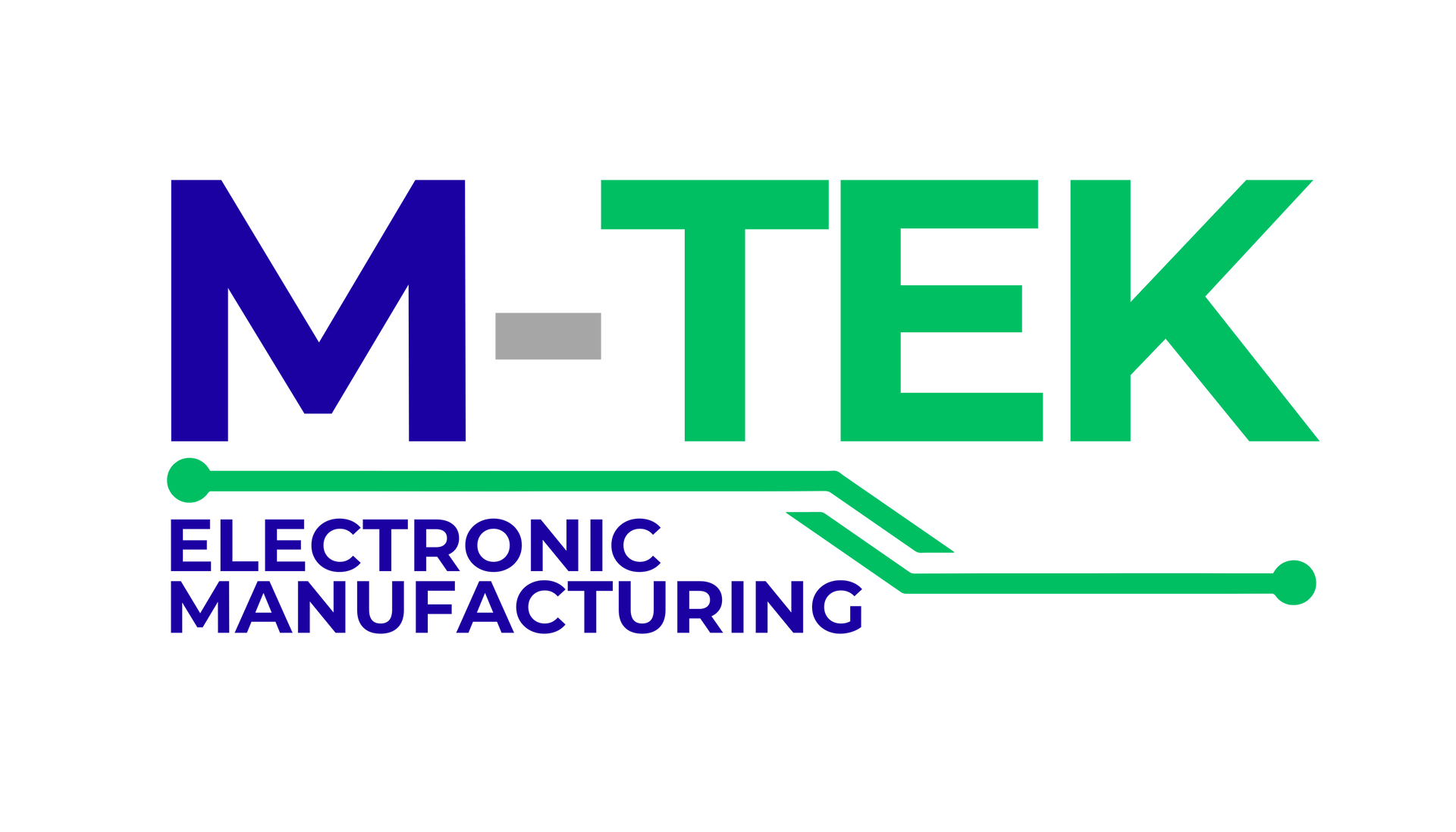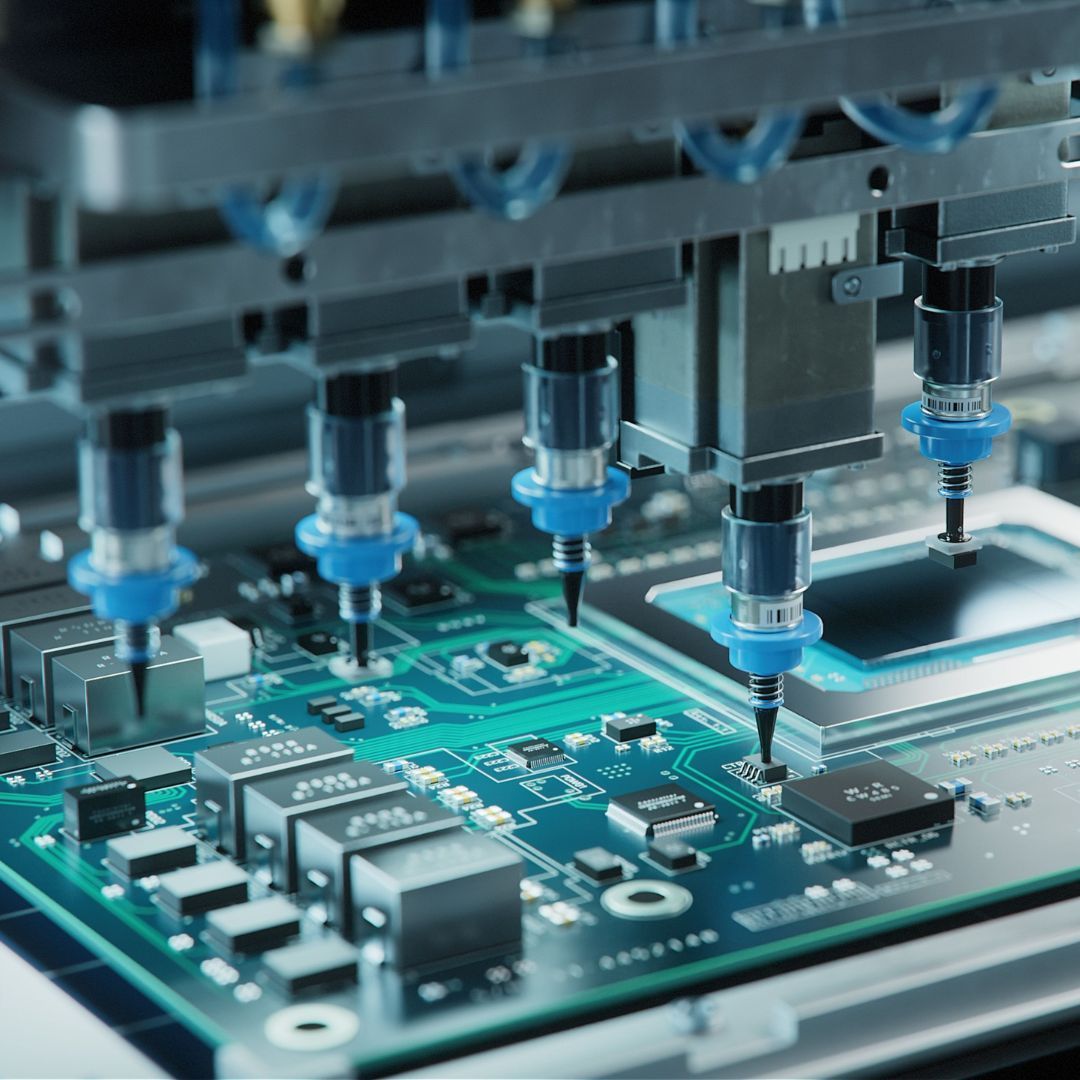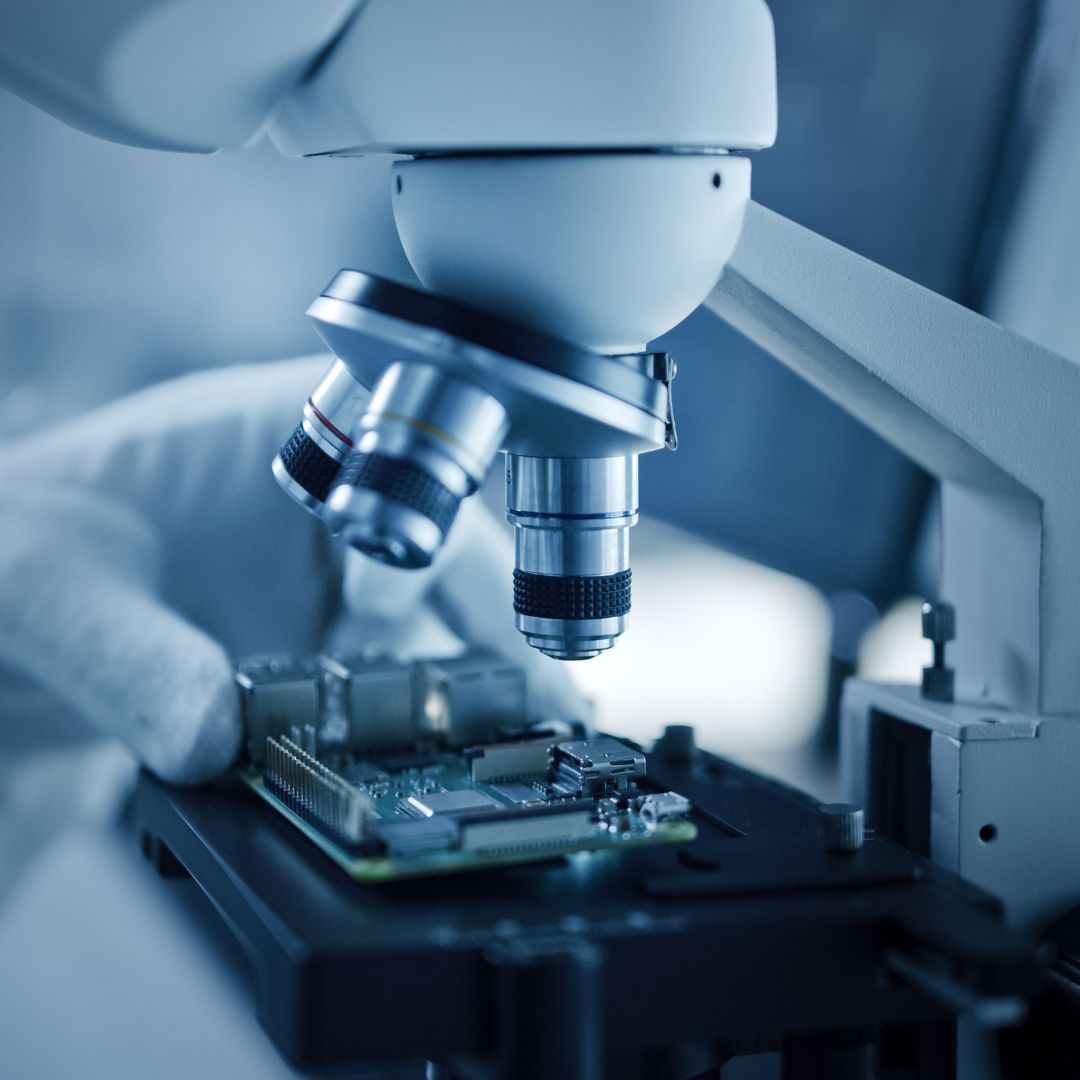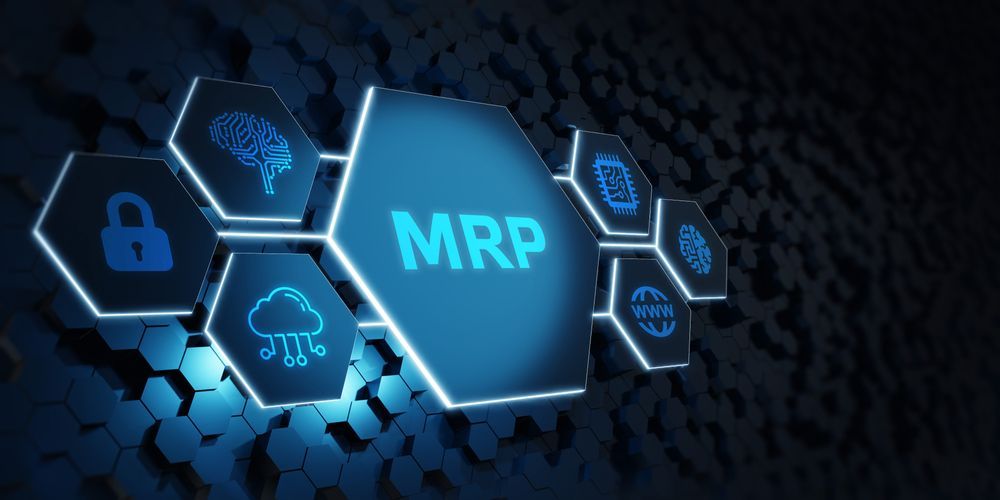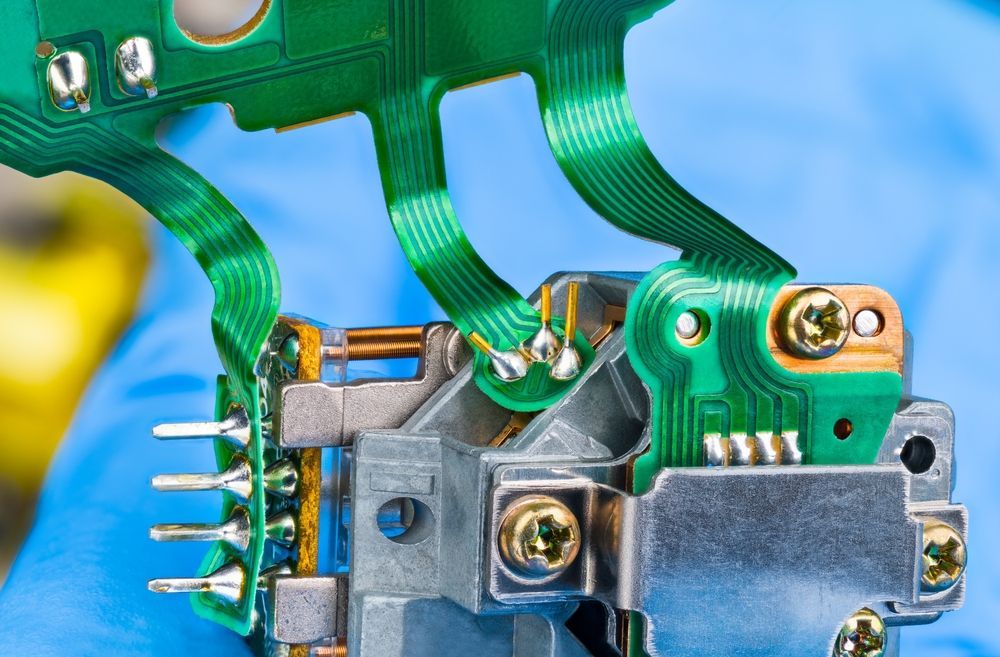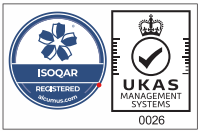What Causes a Printed Circuit Board to Fail?
Technology has advanced drastically over the years, with it so has the design and development of printed circuit boards (PCBs). With smaller and more complex components, the repair process for PCBs has become more complex. A printed circuit board (PCB) can deteriorate over time and by extended use for several reasons. This can be anything from component failures to trace damage.
By understanding the common causes of failures, it can help you identify the problem and also how to fix them appropriately. This can help people and businesses who do not have direct knowledge of circuit boards, to maintain them and also to know how to respond if a failure does occur.
Physical Damage to a Printed Circuit Board
The most obvious failure when it comes to a printed circuit board is physical damage. This can be anything from physical damage to a device or its internals, the device may have been dropped from a great high causing physical shock and pressure to the device. This can also occur when the device has been disassembled, and the damage has occurred directly to the circuit board.
Providing that the circuit board hasn’t fallen to the ground and shattered into a million pieces, it should be still repairable, unless complete failure has occurred. Physical damage can be repaired through the remanufacturing process. This involves melting down the broken section of the circuit board and repairing it through disassembly and reassembly. Due to the nature of physical damage on a PCB, it is unlikely that it can be done as a DIY project and will more than likely require professional help.
Trace Damage
A trace on a printed circuit board refers to the conductive pathways which comprise copper or silver. You can often see these traces and their failures with the naked eye. If a trace has been damaged, through physical damage it can cause several issues to the circuit board's conductivity and components. Some of the most common reasons for trace damage can include a power surge, lightning strikes, shorts and overheating.
To repair a damaged trace pathway requires you to resolder the board with the correct material. This will then reconnect the broken circuit and will once again allow electricity to flow through the printed circuit board.
Component Failure
Besides physical damage, faulty components are another common cause of PCB failure. When there is no sign of physical damage to a device, it is almost guaranteed that it has something to do with the components connected to the circuit board. If a component is an issue then it may need to be replaced entirely. Learn more about PCB components by reading our previous article.
About M-Tek
At M-Tek Assembly, we are a PCB manufacturer that offers high-quality PCB assemblies at a low price. We have years of experience in the industry and our team of skilled engineers will help you every step of the way. By choosing M-Tek for your printed circuit board repairs, you will also be doing your part to save the planet. We have achieved a net-zero carbon footprint from our use of electric vehicles, and for every circuit board we build, we plant a tree! Get in touch with one of our experts for help with your SMT and PCB assembly today. Call us on 01189 455377, or follow us on Twitter to stay up to date with our services.
Recent Posts
Call Our Team
Want to find out more about our PCB assembly services? Speak to our team to find out how we can help you.
Join the Newsletter
We will get back to you as soon as possible
Please try again later
